After what plants can cucumbers be planted in the garden?
Owners of their own land plots are sure to start their own beds with various vegetables. Novice gardeners often plant crops in the same places every year, without delving into the principles of crop rotation. But experienced agricultural technicians know after which crops it is better to plant cucumbers, tomatoes or cabbage. The yield depends on the correct alternation of the beds.
Vegetable garden planning
Before embarking on spring planting, gardeners plan where and what they will grow. The smart owner of the beds is stationary and ready for planting in advance. However, it is not enough just to determine the location of crops on the site based on their proximity to the water source, compliance with lighting conditions, etc.
When planning planting vegetables on certain beds, you should not take the scheme of last year as a basis - you should not grow the same crop in the same place every time. This also applies to vegetable crops of one group (family). If we talk about cucumbers, then they belong to the pumpkin family.
On a note
Each crop affects the condition of the soil in its own way, sucking out specific nutrients from it. In return, it leaves pathogenic microbes and pests in the ground that are dangerous for plants of a particular group, but safe for other crops.
It is advisable to plant the same vegetables on a specific garden bed once every 3 years. This rotation will help prevent plant diseases and increase yields. At the same time, you should have a clear idea of what will grow in this bed not only this season, but also in the next 2-3 years.
Then plant the cucumbers?
Cucumbers are cultivated in any non-acidic fertile soil. Well-lit beds with a high occurrence of groundwater are selected for cultivation. Before planting this vegetable in the garden, you need to take into account what has grown here earlier.
So, after which vegetables can you safely plant cucumbers?
- All types of cabbage (red, white cabbage, cauliflower, kohlrabi, broccoli) are an ideal variant of the predecessor crop. They belong to a completely different group of plants - cruciferous, so cucumbers will not leave behind a harmful environment. On the contrary, they will contribute to loosening the soil. After the early varieties of cabbage, you can have time to occupy a garden for cucumbers in the current season.
- Legumes and peas tend to form nitrogen-fixing bacteria on tubers. This improves the soil in the garden bed, making it more fertile for subsequent crops.
- Solanaceous plants, due to their bactericidal properties, are able to disinfect the soil on which they grow. Therefore, you do not risk anything by planting cucumbers after tomatoes and peppers, but only if the predecessor crops themselves did not get sick last season.
- Onion beds are considered a good option, especially if they were grown from seedlings. In general, this vegetable is a good predecessor for all crops except itself (and garlic).
Many gardeners, when alternating vegetable plants, follow the principle: "this year - roots, next - tops." So, cucumbers can be safely planted after tubers (potatoes) and root crops (beets, carrots). Their underground parts developed at a depth below that which is necessary for the root system of cucumbers, so the topsoil is not depleted.
As an example of crop rotation of one bed, you can give the following scheme:
- 1st year - potatoes;
- 2nd year - cabbage;
- 3rd year - cucumbers;
- 4th year - onions.
Then the alternation can be repeated, or after collecting the onions, plant another crop on this bed, starting a new crop rotation. For cucumbers, choose a place on a different bed, taking into account the above favorable predecessors.
Which beds are better not to use
It was said above that when alternating crops, you should not use plants of the same type. Cucumbers belong to the pumpkin family, therefore, all representatives of this family are undesirable predecessors - pumpkins, zucchini, zucchini, squash, melons, watermelons. There are several arguments "against" here.
- If pumpkin seeds last year were sick or attacked by pests, then cucumbers have a risk of experiencing these problems on themselves. In the ground, the larvae of harmful insects and pathogenic microbes, which are dangerous for this group of vegetables, can remain.
- Sometimes it is difficult to find areas with low acidity for pumpkin plants, so you have to neutralize the existing soil by liming. If you subject the garden to such a procedure every year, then alkali accumulates in the soil and in large quantities will only interfere with the development of culture.
- The roots of pumpkin plants "suck" from the soil trace elements necessary for development, thereby depleting the soil. Cucumbers will not develop in such a garden bed, but this is not an obstacle for weeds, and they can clog weak cucumber sprouts with their active growth.
Pumpkin crops are bad predecessors for their own kind, but after them other vegetables develop well (nightshade, root crops, tubers, onions, garlic, herbs). This is facilitated by the influence of the root system on the looseness of the soil.
If there is no way to alternate
Not every gardener is able to boast of a large plot of land, where you can freely turn around, engaging in systematic crop rotation. Most people use 6 acres (and sometimes even less), where they want to accommodate everything at once. In such conditions, it is difficult to deal with the alternation of vegetable crops every year, so you have to grow cucumbers in the same garden for several years or plant them after zucchini, melons, etc.
It is allowed to keep one crop without relocation in the same section of the garden, but then it is desirable to create suitable conditions for this.
- After harvesting pumpkin crops, the land in the garden should immediately be fed with organic matter (manure, compost, humus) in order to enrich the depleted substrate.
- An autumn digging of the beds is required to the full depth of the shovel - this will destroy the nesting sites of pests of pumpkin crops.
- In order to avoid the development of diseases in the spring, one should engage in preventive treatment of the beds with antibacterial compounds and fight with folk remedies throughout the growing season.
- To increase the yield, cucumbers must be fed without fail - during budding, mineral and organic fertilizers are used, and during the fruiting period, it is better to use nitrogen-potassium fertilizers.
However, even these measures may prove ineffective if the cucumbers are regularly planted in the same place. The maximum period that allows vegetable bushes to develop well and give good yields is 3 years. Then it is advisable to remember the rules of crop rotation and relocate crops.
So, having become the owner of a summer cottage, you should first study features of growing vegetables and other crops, so that later you can enjoy a good harvest, and not complain about unsuccessful attempts to grow something.
Cucumbers are a demanding crop that prefers comfortable conditions. If you develop the right strategy for growing this representative of pumpkin seeds, taking into account the mandatory crop rotation, then you can not only provide your family with summer salads, but also make large preparations for the winter.
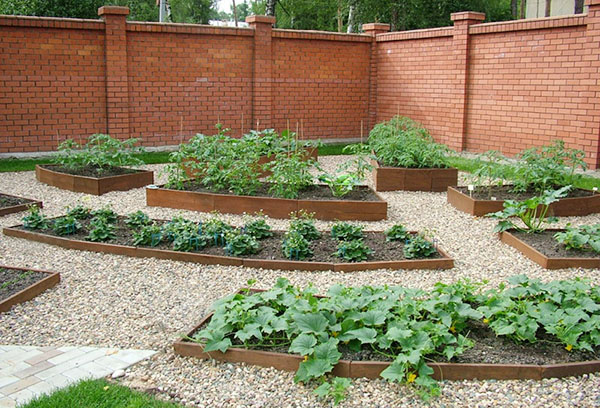
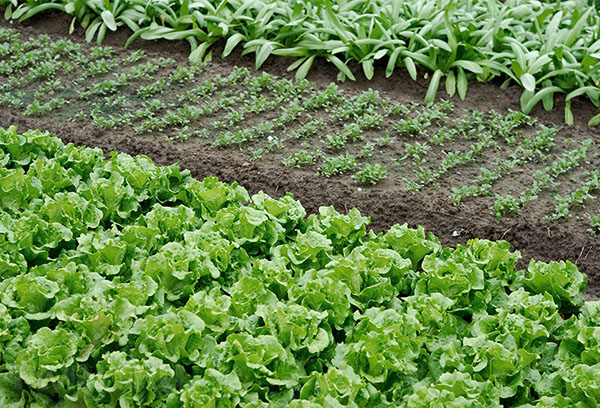
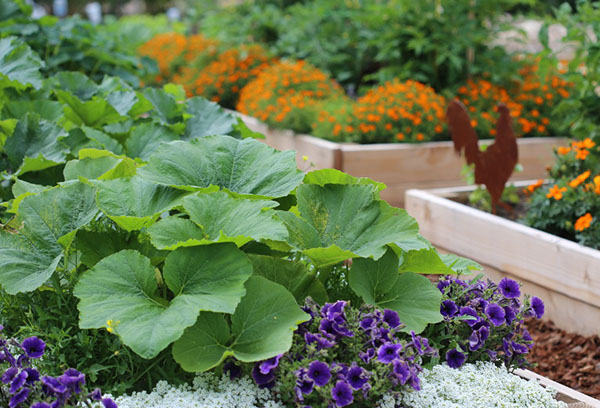
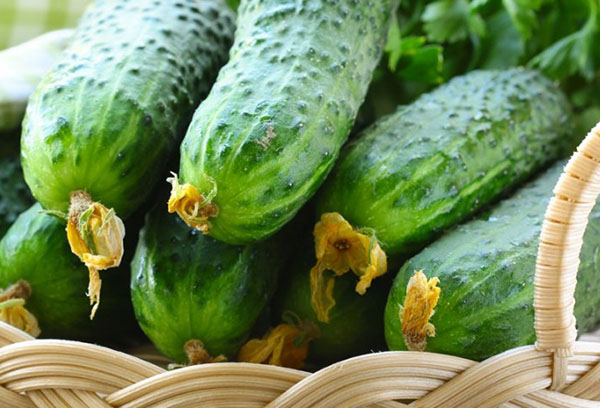
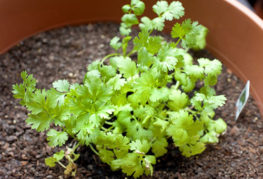
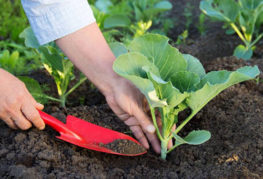
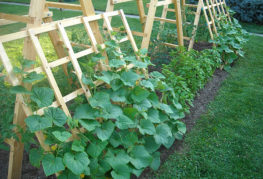

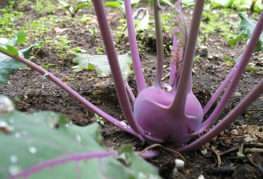
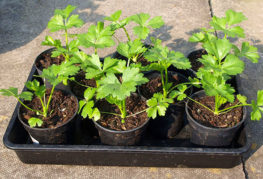
and will be published shortly.